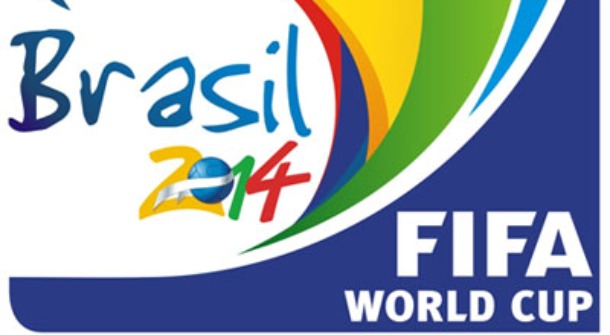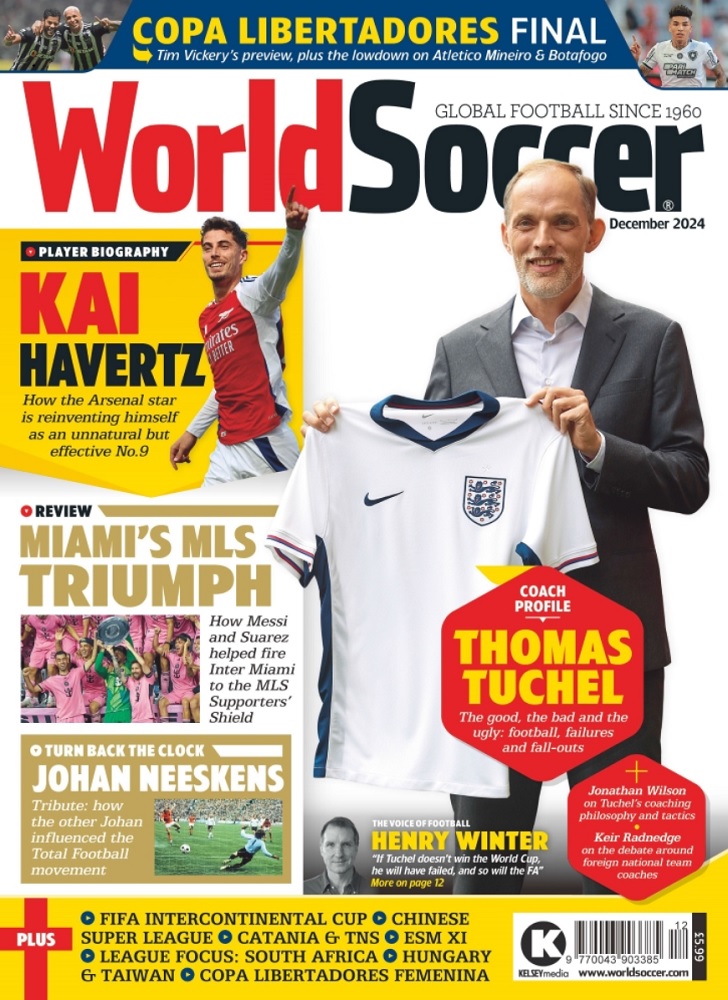The Brazilian Ministry of Tourism has published a report carried out by the Fundação Instituto de Pesquisas Econômicas (FIPE), which claims that last summer’s Confederations Cup generated R$20.7 billion (£5.5 billion) for the Brazilian economy.
Of this total, R$11 billion (£3 billion) was money spent by Brazilian and foreign tourists, Local Organising Committee (LOC) activity and private and public investment.
The remaining R$9.7 billion (£2.5 billion) can be attributed to an increase in the country’s GDP. Of this figure, 58 per cent came in the host cities, while the remaining 42 per cent was spread across the rest of the country.
So, as you can see, everyone was a winner. Unfortunately, for the millions who protested against the expense of staging events such as these, it just didn’t feel like it. Indeed, given the traditional overspend associated with such sporting events, they would be wise to be sceptical of the published figures.
In terms of outlay, Brazil’s 2013 Local Organising Committee (LOC) spending accounted for R$524.4 million (£141 million). Meanwhile, LOC spending represented R$321 million (£86 million) of the R$9.7 billion of income generated by the event.
So, if we take those figures at face value, it would appear that the Confederations Cup was a massive success. Scale that up for this summer’s World Cup itself and the potential financial boost to Brazil’s economy is huge. So big in fact, that it may even come close to covering the cost of clearing up the mess left behind by disgruntled protesters.
By the time the Olympics come to Rio in 2016, the country may even be on course to break even.







